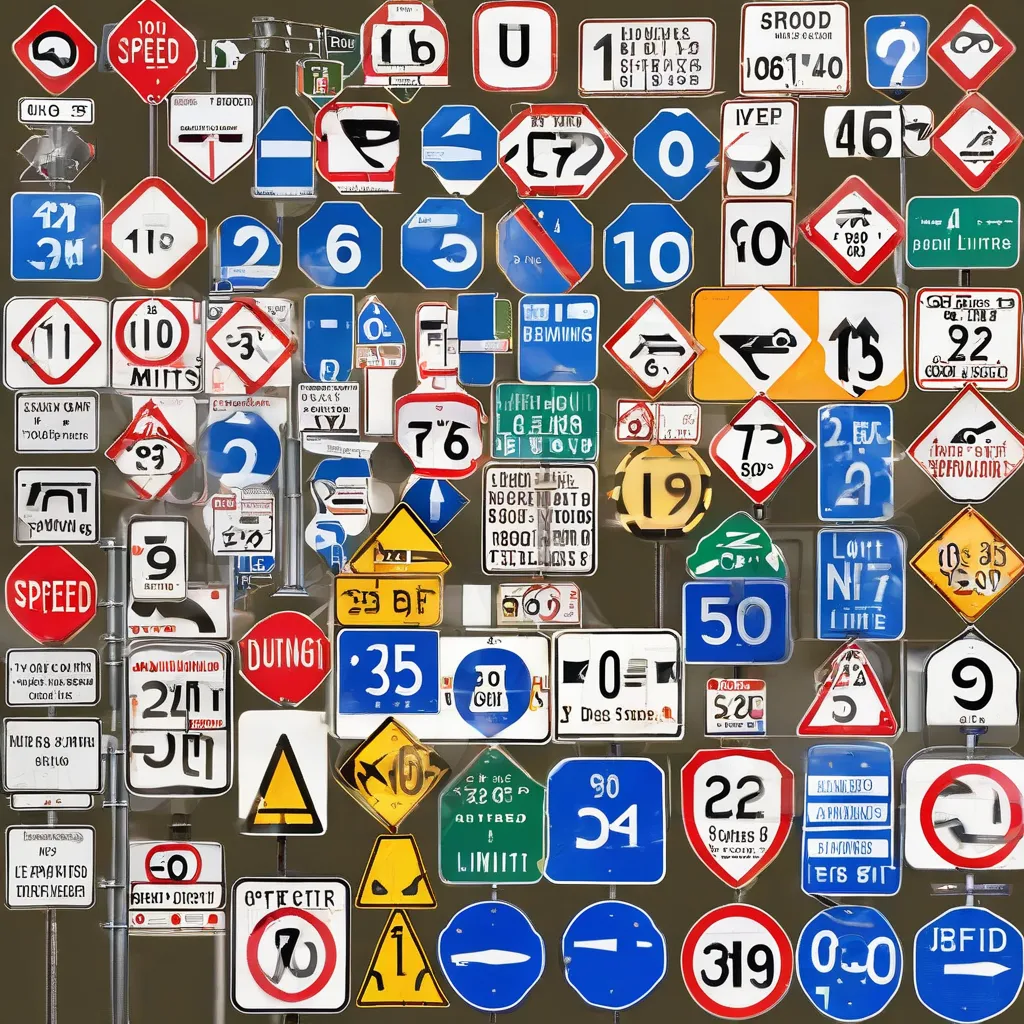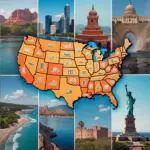“A smooth sea never made a skilled sailor,” or so the saying goes. But when it comes to road trips, a little planning for smooth roads can make your journey a whole lot more enjoyable. Imagine this: you’re all packed up for a road trip to Yellowstone National Park, excited to witness the mesmerizing geysers and majestic wildlife. But then, bam! You hit a stretch of road riddled with potholes and construction detours, throwing your schedule and good mood off track.
Don’t let unexpected roadblocks rain on your parade. Checking road conditions before you embark on your adventure is as crucial as packing your bags and booking your stay. This article will guide you through the best ways to check road conditions, ensuring a safer and more enjoyable travel experience.
Why Checking Road Conditions is Non-Negotiable
Remember that time you planned a weekend getaway, picturing yourself cruising along scenic highways? Now, imagine hitting a patch of dense fog or encountering an unexpected road closure. Not exactly the picturesque drive you had in mind, right? Checking road conditions is vital for a number of reasons:
- Safety First: Road conditions can change in the blink of an eye. Being aware of potential hazards like construction, accidents, or weather-related issues allows you to make informed decisions, choose alternate routes, or even postpone your trip if necessary.
- Stress-Free Driving: Knowing what to expect on the road minimizes stress and allows you to relax and enjoy the journey. No more surprise detours or frantic rerouting!
- Efficient Time Management: By being in the know about road closures, construction delays, or traffic congestion, you can optimize your travel time and avoid unnecessary holdups. This is particularly helpful if you have time-sensitive reservations or activities planned.
Your Go-To Resources for Checking Road Conditions
Before you hit the gas pedal, arm yourself with the information you need for a smooth journey. Here’s your toolkit for checking road conditions:
1. Government Websites: Your Reliable Source of Information
- Department of Transportation (DOT) Websites: Most countries have a dedicated DOT website that provides real-time updates on road conditions, construction projects, accidents, and weather-related closures. For instance, if you’re traveling within the United States, bookmark the DOT website for your specific state.
- National Weather Service (NWS): Weather plays a significant role in road conditions. The NWS website provides up-to-date weather forecasts, including warnings about potential hazards like snowstorms, heavy rain, or high winds.
2. Navigation Apps: Your Co-Pilot on the Road
Navigation apps like Google Maps, Waze, and Apple Maps have become indispensable for travelers. Not only do they provide turn-by-turn directions, but they also offer real-time traffic updates, road closure information, and even user-reported hazards.
3. Road Condition Hotlines: A Quick Call Away
Many regions have dedicated hotlines you can call to receive updated road conditions. Look for numbers posted on DOT websites or search online for “road condition hotline” followed by the state or region you’ll be traveling in.
4. Local News and Radio: Stay Informed on the Go
Tune in to local news channels or radio stations, especially during your departure and arrival times. They often provide updates on traffic, accidents, and weather conditions that could impact your journey.
 Road Signs
Road Signs
Planning a Road Trip? Ask Yourself These Questions
To make the most of the resources mentioned above, consider these questions while planning your route:
- What’s the weather forecast for my route and destination? Keep in mind that weather conditions can vary significantly across different regions and elevations.
- Are there any major holidays or events that could impact traffic? Planning your trip around peak travel times can save you hours on the road.
- Is my vehicle equipped for the expected road conditions? Consider factors like tire traction, snow chains (if necessary), and overall vehicle maintenance.
The Travelcar.edu.vn Advantage: Your Partner in Travel Planning
At TRAVELCAR.edu.vn, we understand that a seamless journey begins with thorough planning. We provide valuable resources and tips to help you navigate the world of travel, whether you’re embarking on a cross-country road trip or exploring a new city. Check out our website for articles on travel safety, destination guides, and more.
For instance, if you’re planning a road trip across the USA, our guide on “Am Travel USA” provides insights into route planning, accommodation options, and must-visit destinations. We also offer tips on staying safe while traveling to destinations like the Dominican Republic in our article “Is it Safe to Travel to the Dominican?”.
Roadblocks Happen: Navigating Unexpected Situations
Even with the best planning, unexpected situations can arise. If you encounter road closures or detours:
- Stay Calm: It’s natural to feel frustrated, but panicking won’t help. Take a deep breath and assess the situation.
- Check Your Navigation App: Your navigation app will likely reroute you automatically. If not, manually input your destination and explore alternate routes.
- Inform Someone About Your Delay: If you’re significantly delayed, let someone know your estimated arrival time. This could be a friend, family member, or your accommodation host.
Drive Safe and Enjoy the Journey!
Checking road conditions is an essential part of responsible travel planning. By utilizing the resources outlined in this guide and incorporating a dash of common sense, you’ll be well-equipped to handle whatever the open road throws your way. Remember, the journey is just as important as the destination, so buckle up, stay informed, and enjoy the ride!
 Scenic Mountain Road
Scenic Mountain Road

